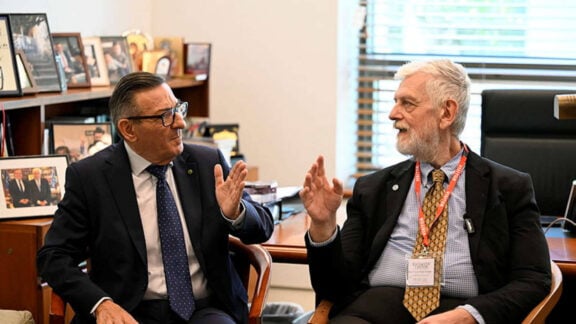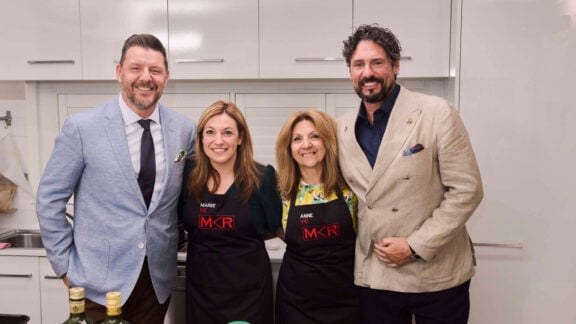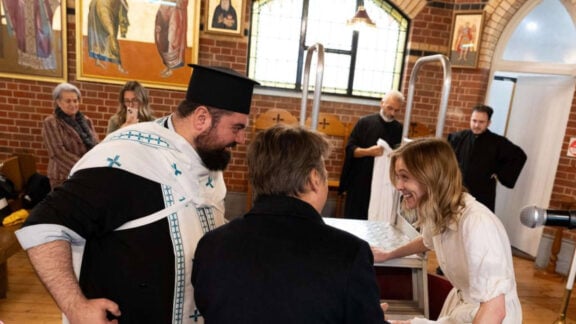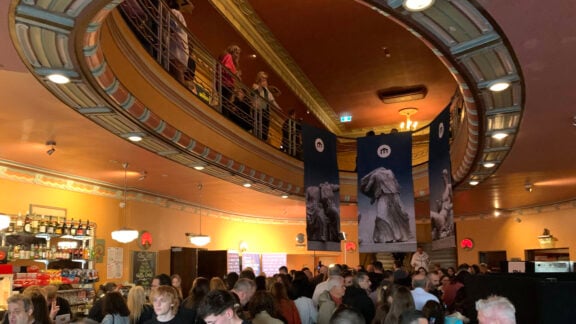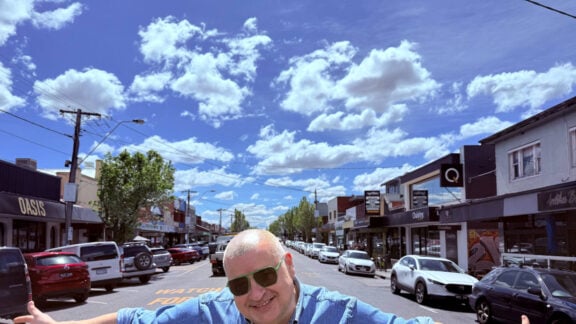The investigation is into suspected contraventions of the Occupational Health and Safety Act by St Basil’s Home for the Aged in Victoria is being explored by the Coronial Inquest into St Basil’s. Below is a timeline of events as they have been outlined during this week’s hearing.
Here’s what light has been shed on so far regarding developments that went on from 11 May to 24 July, 2020:
11 May St Basil’s Home for the Aged’s director of nursing Vicki Kos received a folder about training policy and procedures which needed to be followed at the nursing home. In their statements, staff claim that there was inadequate training and that COVID-safe procedures weren’t followed as far as the provision of masks and implementation of safety.
5 July A staff member is given a COVID test, but told to work if asymptomatic.
8 July The staff member worked alongside others and found out at 10am that her siste-in-law tested positive to COVID.
9 July Outbreak officially begins with a positive member tested positive. On the same day, the Commonwealth was notified via the ASQSC of the positive case by the facility.
12 July Public health confirms positive case. Relatives received an email stating that “a staff member at the nursing home’s West Wing who was asymptomatic had a sibling test positive and went for testing and into immediate self-isolation and has now returned a positive test”. Assurances were given that all measures were being taken as advised by authorities. “So far none of our residents are exhibiting symptoms or signs of infection”. It was heard in court that the content of the email may have been backdated to 10 July.
READ MORE: Relatives and staff point to the “circus” of St Basil’s Home for the Aged
12-14 July Concern over the outbreak as case numbers grow within the nursing home.
14 July The positive case was brought forth to the outreach meeting, and it was at that point that testing was arranged through SONIC in agreement with both the Victorian and Commonwealth governments.
15 July Christine Golding’s mother Efraxia Tsalanidis gets tested, the day after her permission is sought for COVID testing to occur.
17 July Results show that 13 residents tested positive to the virus.
19 July Retesting. An email is sent to relatives that 15 staff members tested positive to COVID-19, and another five residents tested positive bringing the total number of positive cases to 18 people.
20 July Minutes of a meeting were heard in court, which included pleas by doctors. In particular, Dr Sandra Brown, a medical practitioner involved in caring for residents, raised concerns and “became very emotional”. She was concerned that there would be a “dramatic drop in care standards” for the residents. “Let’s not repeat the mistake that we’ve just seen a few days ago at Estia Heidelberg” was the “gist of the message”, the court heard.
21 July A meeting takes place in the morning, at around 10am attended by Neil Callagher, who headed up the Commonwealth’s Aged Care COVID-19 Implementation Branch, without the presence of Kon Kontis to decide what to do with St Basil’s. At 11.14am, Amy Laffin, acting first assistant secretary of the Department of Health reported to Aged Care Services Minister Richard Colbeck along with other senior Department of Health Officers that St Basil’s was “really struggling”. She flagged the need for private hospital transfers. Early in the day, Mr Callagher had understood in his communications with Aspen Medical that they had a capacity to assist with replacement staff but at 6.30pm, it turned out not to be the case when an Aspen Medical staff member sent Mr Callagher an email: “I appreciate it’s not a pretty picture. We’ll be back on deck early tomorrow and try and pull people to serve St Basil’s.” He responds minutes later: “Not just ugly, completely inadequate.” At 7.10pm Ms Cahill sends a message that it is better to bring replacement staff to the facility. At 7.39pm, Nick Harland, Commonwealth Acting Deputy Secretary for Ageing and Aged Care emailed senior officials that he had just spoken to the Secretary (understood to be Dr Brendan Murphy). He said that he would like federal Chief Nursing and Midwifery Officer Alison McMillan to go to St Basil’s “tonight to assess the situation”. At some point during the day, Christine Golding got a distressing call by a St Basil’s staff member that replacement staff would take over the facility and no guarantees could be given for her mother should this occur.
22 July7am Ms Bagiartakis arrives at the centre after agreeing to volunteer at St Basil’s in an on-ground liaison capacity between the Commonwealth Department and St Basil’s management, an undertaking she had agreed upon the evening before. Upon her arrival she finds, contrary to what she had been told, that she was to be facility manager of a home she’d never seen, in charge of staff she had no say in choosing and with a handover process which was lacking. For the next eight days she works round the clock, without food, and moves into a nearby hotel to protect her family until she, too, contracts COVID-19. By her side is Angela Cox, a registered nurse also working at Fronditha, who also answered the call to help and assumes the role of clinical manager. Like Bagiartakis, she works long hours. Shortly after the replacement commenced, chief nurse Alison McMillon arrived at the facility with Terry Simons, a senior officer from the Victorian Department of Health and Human services. They spoke to senior managers but did not assess the quality of replacement workers, they did not tour the facility and they did not speak to any residents. Ms McMillan emailed Dr Brendan Murphy and others, stating that St Basil’s was “fit for purpose”. The account of the handover, as described in the email, is at odds with the accounts of Ms Bagiartakis and Ms Cox. On the same day, families get a letter from St Basil’s Home for the Aged’s director of nursing Vicki Kos explaining that replacement staff would take over the facility until 30 July. The letter was sent after the new staffing decision had been implemented and families had already found this out from the media. On the same day, St Basil’s Chairman Kon Kontis sent a letter to Professor Brett Sutton outlining his concerns about the level or care or lack of care the residents were receiving.
23 July Mr McDougall, who worked at the facility after regular staff was replaced described his experience: “On my first shift I soon became upset with what I was seeing and discovering. There was a severe lack of staff on shift in this area”. He saw residents “severely dehydrated and were not being assisted with meals”. In his statement, he said: “Many residents were in soiled clothing and bedding.”
24 July Dr Ellen Maxwell, medical director of Melbourne Pathology emails senior officers within the Victorian Department of Health and Human Services to describe the experience of one of her staff at the site on the previous day to conduct testing as “shocking to say the least” with “positive and negative residents mingling freely and personal protective equipment remaining uncleared from the last visit, bins overflowing onto the floor and medication on the floor.” She said her staff, a qualified nurse, was “appalled that a deceased patient was wheeled without any attempt to clear the corridor of people”. She said her staff members were in tears over what they had witnessed.
24 July Late in the day, a partial evacuation of the facility begins.
The inquest will continue until 10 December.


